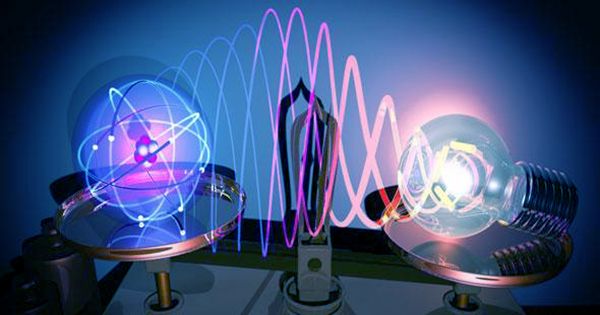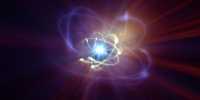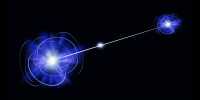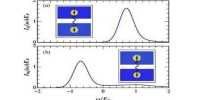We use light to create photographs but if your subject is light you may have trouble capturing it, because it is the fastest thing in the universe. A team of researchers has now found a way to create a snapshot of light since it has made contact with a metallic surface. As reported in Nature, a team of physicists from the University of Pittsburgh has taken these snapshots as well as developed an approach to stopping light in special situations. Understanding this universe can be of some importance in determining how the whole universe is organized.
The team performed microscopy on a super-star. They glow thousands of pulses of green light on the silver surface with a duration of 20 femtoseconds – 0.02 trillionths. The interaction between photons (particles of light) and electrons in silver can be modeled as if it were a single original particle. These “quasi-particles” are called plasmons or excitons and were the main subject of this study.
The team fired laser pulses from two different directions and when they came together, the result was a Plasmon’s vortex. Two light waves revolve around a stable common point as the wave rotates. The rise and fall of light waves were due to the free electrons from the silver surface, and the fact that light pulses occurred every 0.1 femtosecond. It’s like looking at something moving as it is illuminated by a strobe light. With the help of the method, the researchers get a high-level control over the quasi-particles created.
And here are some exciting and long-term possibilities for the study. A tiny fraction of a second after the Big Bang, matter and light merged together in a complex interaction. Light vertices are able to create structures that break symmetries. For example, they can create solids whose mirror image cannot be pressed against the original.
Incredibly dense and compressed while affecting the properties of our universe; these light vortices could play a role at the beginning of this universe. Significant expansion of the universe that events such as the cosmic explosion will blow away these differences will create the differences that we see in space today.
“Even the forces of nature, including light, are thought to have emerged as symmetrical-breaking transitions of a primitive field. Thus, the ability to record optical fields and plasmonic vertices in experiments opens the way for the study of ultrafast microscopy of the light-to-stage transformation of synthesized matter on a laboratory scale, ”said lead author Professor Hrvoje Petek in a statement.














